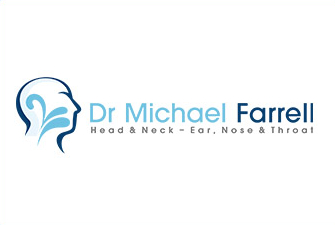LARYNGEAL COBLATION – A NEW SURGICAL TECHNIQUE

Laryngeal Coblation is a new surgical technique to treat select patients with recurrent respiratory papilloma involving the voice box.
Hoarseness of the voice can be caused by many different medical and surgical problems. Recurrent Respiratory Papilloma of the voice box (laryngeal papilloma), whilst being very uncommon, is one of the many different surgical causes of a hoarse voice.
Laryngeal Papilloma can be found in both adults and children, and is caused by a wart virus infection (human papilloma virus).
The aim of surgical management is two-fold. Firstly, to carefully remove the papilloma from the voice box, and secondly to maintain the voice quality by preserving delicate laryngeal tissues.
Over the last decade a new surgical technique called coblation has been described to help in the management of laryngeal papilloma.
A recent study (Awad,R. et al.) has shown coblation to be equally effective , if not better, than other surgical methods in controlling laryngeal papilloma. It appears to offer excellent control of bleeding in removing papilloma whilst being able to preserve surrounding tissue to help postoperative voice quality.
Our initial surgical experience in select patients with laryngeal papilloma supports these findings.
Awad, R., Shamil, E., Aymat-Torrente, A. et al. Management of laryngeal papillomatosis using coblation: another option of surgical intervention. Eur Arch Otorhinolaryngol 276, 793–800 (2019).
Please contact Dr Farrell’s rooms for further details.
LATEST POST
- MULTIPLE TRANS ORAL ROBOTIC SURGERIES Completed with Excellent Functional and Oncological Results
- CAROTID BODY TUMOURS (includes operative photographs)
- LARYNGEAL COBLATION – A NEW SURGICAL TECHNIQUE
- LOW IRON LEVELS FOUND IN CHILDREN REQUIRING TONSIL AND ADENOID SURGERY
- IMMUNITY & SKIN CANCERS OF THE FACE, SCALP & NECK
- NEW INNOVATIONS IN THE TREATMENT OF SNORING
- MAJOR HEAD & NECK SURGERIES ARE INCREASING
- TRANS ORAL ROBOTIC SURGERY
- VIDEO ASSISTED NASENDOSCOPE
- REVOLUTIONARY NEW ANAESTHETIC TECHNIQUE

